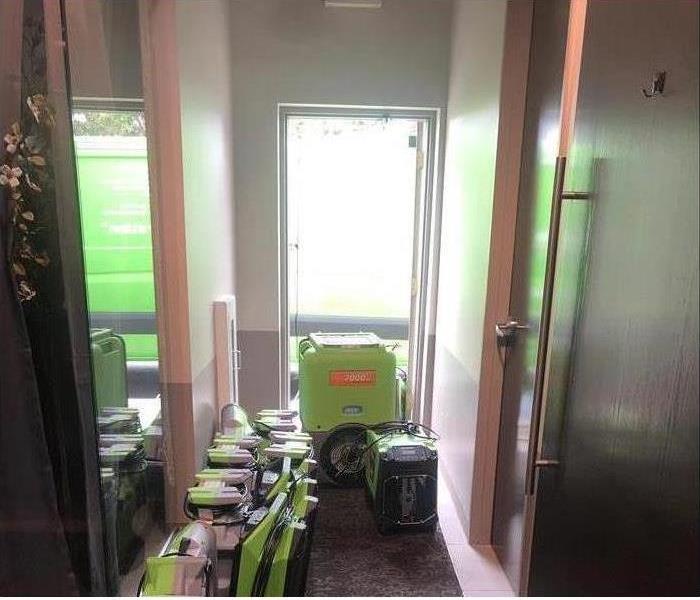How To Handle Post-Flood Cleanup
3/10/2022 (Permalink)
 When disaster strikes, call SERVPRO of Oldsmar/Westchase. Our staff is available 24/7, 365 and can help with all types of flood damage restoration
When disaster strikes, call SERVPRO of Oldsmar/Westchase. Our staff is available 24/7, 365 and can help with all types of flood damage restoration
How To Deal With Flood Cleanup
Don’t let the idea of content cleaning after a flood get you down. It’s never impossible to restore your business to its former glory with proper cleaning and sanitization as long as you know the ins and outs of how to properly recover from flood damage in Tampa, FL
1. Create a Cleanup Plan
The very first step in reclaiming your property after flood damage is to establish a structured, methodical cleanup plan. Identify which cleanup tasks are dependent on others and prioritize key areas first. Section off your floor plan into places that are most to least critical regarding what needs to be handled for health and safety reasons versus what is just part of cosmetic damage restoration.
2. Identify What You Can Salvage
Although content cleaning can feel like razing everything down and starting from scratch, you don’t have to throw the baby out with the bathwater. Some of your belongings can be salvaged simply by drying them out, particularly if they are made of non-porous materials that don’t absorb water. Set aside what can be rescued to dry out properly in a sunny, well-ventilated place.
3. Discard Porous Materials
Even if you may be able to salvage some things, other things are too risky to keep. Anything porous that may have absorbed contaminated water may have to be completely destroyed. This can range from furniture that was completely soaked in water to even the sheetrock of the walls, and for more complicated tasks, you may require the assistance of restoration services to help.
The problem with porous materials absorbing contaminated water is that even when they dry out after some content cleaning — and they will take much longer to dry out — any residual particles from the water may still remain in the material, trapped in porous fibers and openings. Unfortunately, “residual particles” often mean fecal matter since is wastewater from toilets and sewage mains.




 24/7 Emergency Service
24/7 Emergency Service